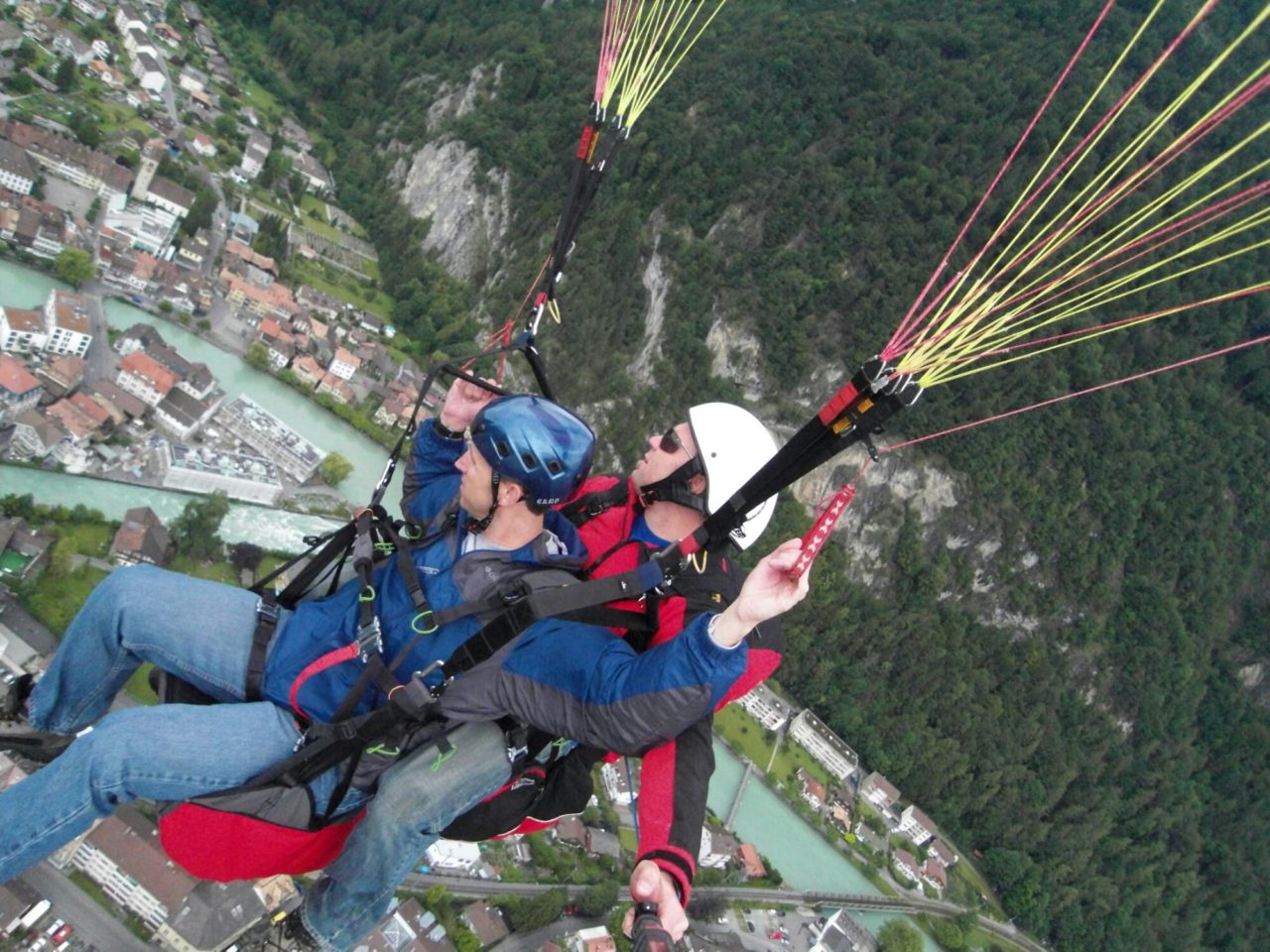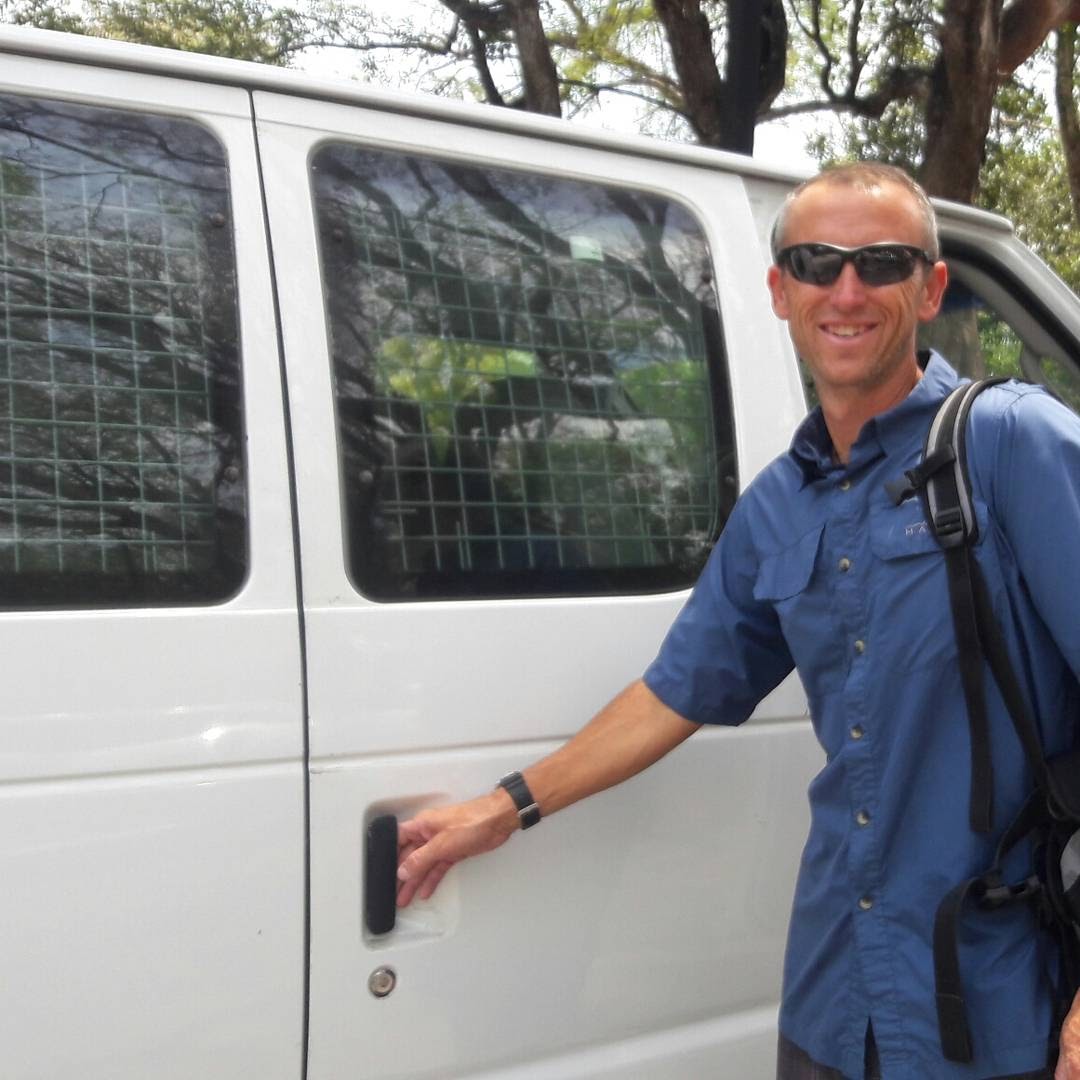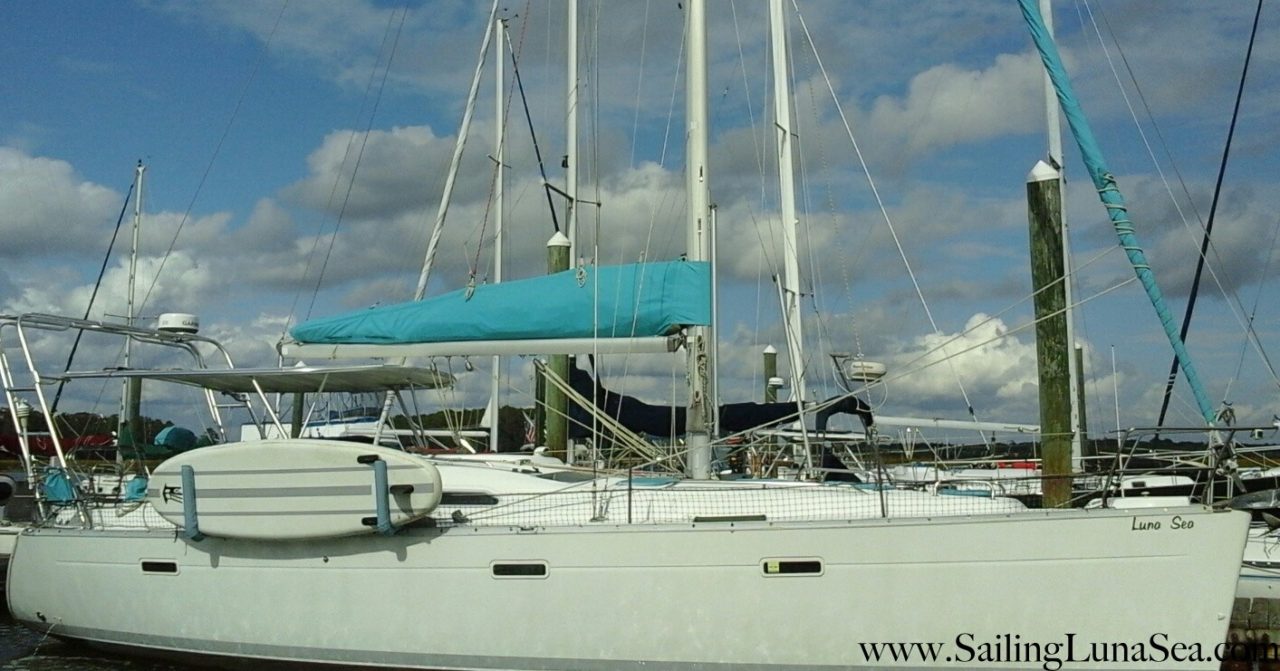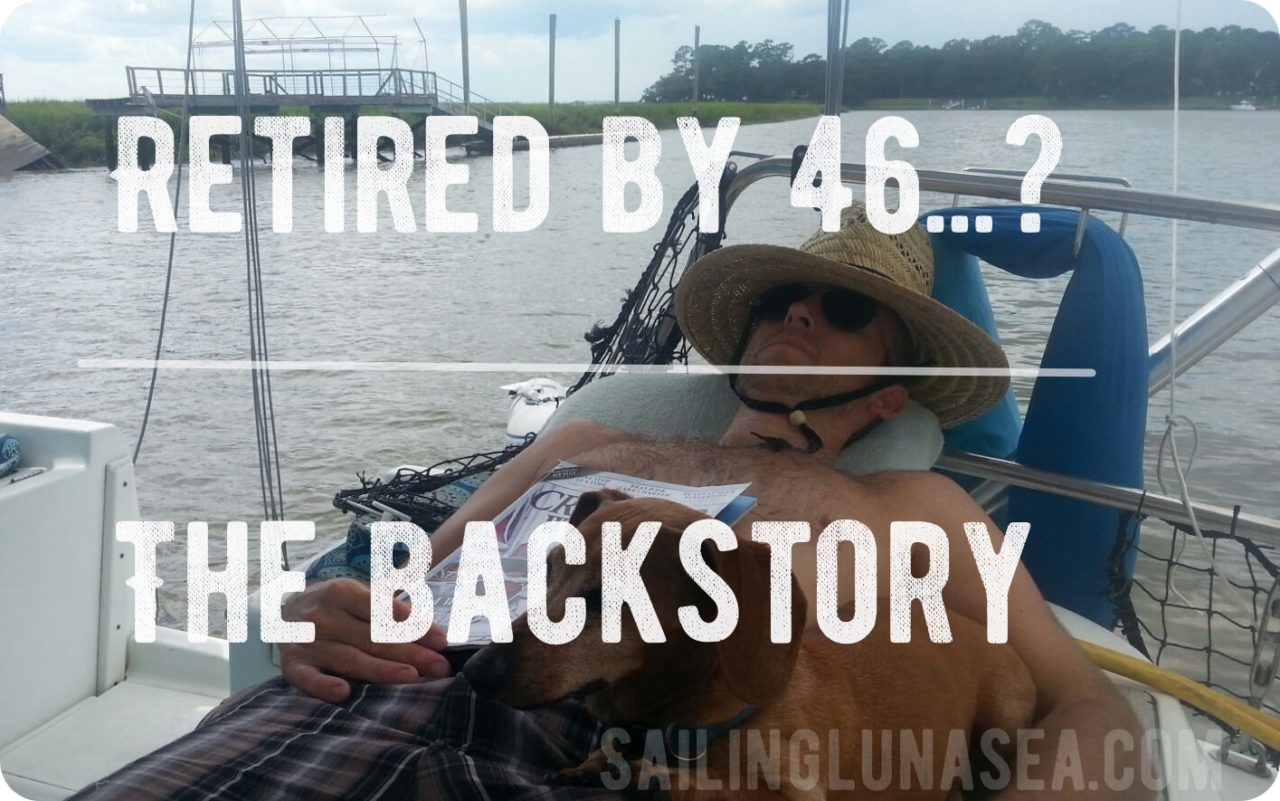Lithium Ion Battery Update – one month in…
Our current issue: (see what I did there? Yeah, well, at least I entertain myself…)
If you are following along, you know that shortly after we left the dock the first time, we realized we were definitely in need of a new house battery bank. Because the bank was already suspect, we had previously researched our options and knew that we wanted to go with Lithium Ion.
After receiving our new battery bank from Relion, we installed them along with a new MPPT style solar charger controller. It was supposed to be Plug and Play, and the batteries were supposed to be Drop In ready.
So what’s the problem? We have yet to get the batteries to a charge of 13.5. That is considered a full charge on Lithium Ion, as opposed to the 12.9 range on lead acid.
Why can’t they reach their full charge? We have no idea. The highest charge seen regardless of charging method was 13.3 – and that was barely enough to get us through a full day of basic use. The whole point of converting to lithium ion was to avoid the need to be Power Police.
13.3 on lithium ion roughly translates to a 60% charge. That means those .2 volts – which sounds really small, actually hold 40% of our power. We NEED that 40% of power! There is no such thing as too much 12v power on a sailboat. Trust me.
First things first, I called my battery rep. He suggested I call the solar controller company. Keep in mind we bought the exact solar controller that was recommended to us by Relion. After calling Morningstar’s tech help line, I was informed that we actually purchased a newer model than Relion is familiar with. That sounds cool, right? Except that field testing doesn’t seem to exist on this upgrade… So far, Relion is as flabbergasted as we are by these mysteriously never-charging batteries.
Controller Programming
An MPPT controller has little DIP switches that you can configure for your own set up. Our batteries need an absorption rate of 14.6 and a float rate of 13.8ish. There is a little flexibility here, but for us, we clearly were not hitting that 14.6 needed to get a full charge on the battery bank. And none of the pre-determined combinations on those DIP switches would work. If I switched the absorption rate to the highest option, it made the float rate too low – and vice versa.
The incredibly helpful tech guy at Morningstar (that was not sarcastic – sometimes it’s hard to tell with me, I realize) looked into it and after I confirmed the necessary range with my Relion rep, he explained we needed a custom setting. Unfortunately, to custom set the system you need some sort of cord and communication thing. And a PC. I have a Mac. There is an app work-around. Easy enough to run to the electronic’s store and get the parts, right? No. Let’s ponder the fact that we were sitting at anchor in Jacksonville, FL when all of this was going down. And completely dependent on that 12v system.
I had two options: I could send the unit back to be custom programmed (AND to have a required firmware update) or I could order the cord and connector thing, have it shipped to Jax, figure out how to pick it up, download an app that would mimic Windows and figure it out myself. But I wouldn’t have that firmware update… In the interest of time, and the need for complete accuracy, we had Morningstar do the programming. Our programmed unit arrived quickly and we got it re-installed in a flash. (The shipping part was easy enough, as we have some fantastic friends in Jacksonville that happily accepted our packages AND delivered them to the nearest dinghy dock!) And then we waited impatiently for that 13.3 to climb on up to 13.5… We are still waiting to see 13.5.
So here we are, motoring down the ICW 2 days later… I need full sun to see if we can get to 13.5 – in order to truly see if the change in programming worked. Currently, we have full cloud cover. Yesterday there was a little sun peeking out, and we did briefly see 13.4 so I am cautiously optimistic. We are almost to Daytona and will hang out there for a few days to see if we can get enough sun to get these babies up to 13.5.
Only when we reach 13.5 will we know if our charging changes are working AND if our battery bank is large enough. We may need a 4th battery – but I am not going to pay the insane amount of money for another battery ($1000 a pop) until I am absolutely certain we need it. 40% of our power has not been realized at this point – and I really think we won’t need the 4th battery. The difference we saw last night in 13.3 and 13.4 was significant. The jump in percentage of power from 13.4 to 13.5 is giant. Fingers crossed we see 13.5 today or tomorrow.
What now?
Good question. We are dropping anchor in a couple of hours – right in the middle of Daytona Beach. Fingers are crossed for some sunshine to see if we can get a higher charge. Battery testing has already happened – they are perfectly balanced. The controller seems to be functioning properly. Next we will test the solar panels – but that hasn’t been a safe option the past two days, as we are motoring. Taking a break from motoring for a day or two will give us a chance to test the solar system – and head to the beach to recharge ourselves, not just our batteries.
Alternator Options
An alternate option we are going to research further is to increase the voltage regulator of the alternator. We think it is currently putting out 14.4 v. That is enough to give us a decent battery charge, but again, not the 14.6 we need to fill them. Mark has found some info that makes it sound like we can upgrade our voltage regulator to put out the full 14.6 that we need for the lithium ion batteries. There’s even a shop near the water in Daytona, so one of our adventures will include a field trip to learn about alternators. Yay! (ok, maybe there is a tiny bit of sarcasm in that one, but not 100%…) While I am determined to get the solar system to function properly, a nice option would be to charge them fully whenever the engine is running.
Are you an electrical/solar guru?
Do you already know how all of this works? We are absolutely learning as we go here, so feel free to spew out any knowledge you have on the topic. The Comment section below is a great place, as then everyone can participate in the conversation. I also love getting the emails you guys send, so that works, too! Thanks for any input you may have – we are certainly not shy about learning from other people.








Mark, Really enjoy reading about your adventures. I left GAC on an adventure of my own . Safe sailing my friend.
Ryan Doerksen
Ryan, Thanks for the comments and best of luck on your new path, it was a pleasure working with you
We’re still learning about all this battery stuff too. Hoping the sun comes out and those panels charge everything up tout de suite!
I’m learning more about battery power than I ever imagined necessary. So feel free to ask any questions you might have, Monica! Hope to see you guys soon.
Jennifer, have you made anymore headway with your batteries/solar panels?
YES! I think finally, today, I may have it all working properly and playing nice together. Will need to give it a few days to be certain…
I would love to see a follow-up post on how the Relion batteries are working out; whether the custom settings on the MPPT controller worked as expected and what you ended up doing with the alternators.
Hey Fabian!
Thanks for asking – here’s a more current update: http://sailinglunasea.com/lithium-ion-battery-update-more-solar-happy-batteries/
Spoiler alert – we didn’t mess with our alternator.